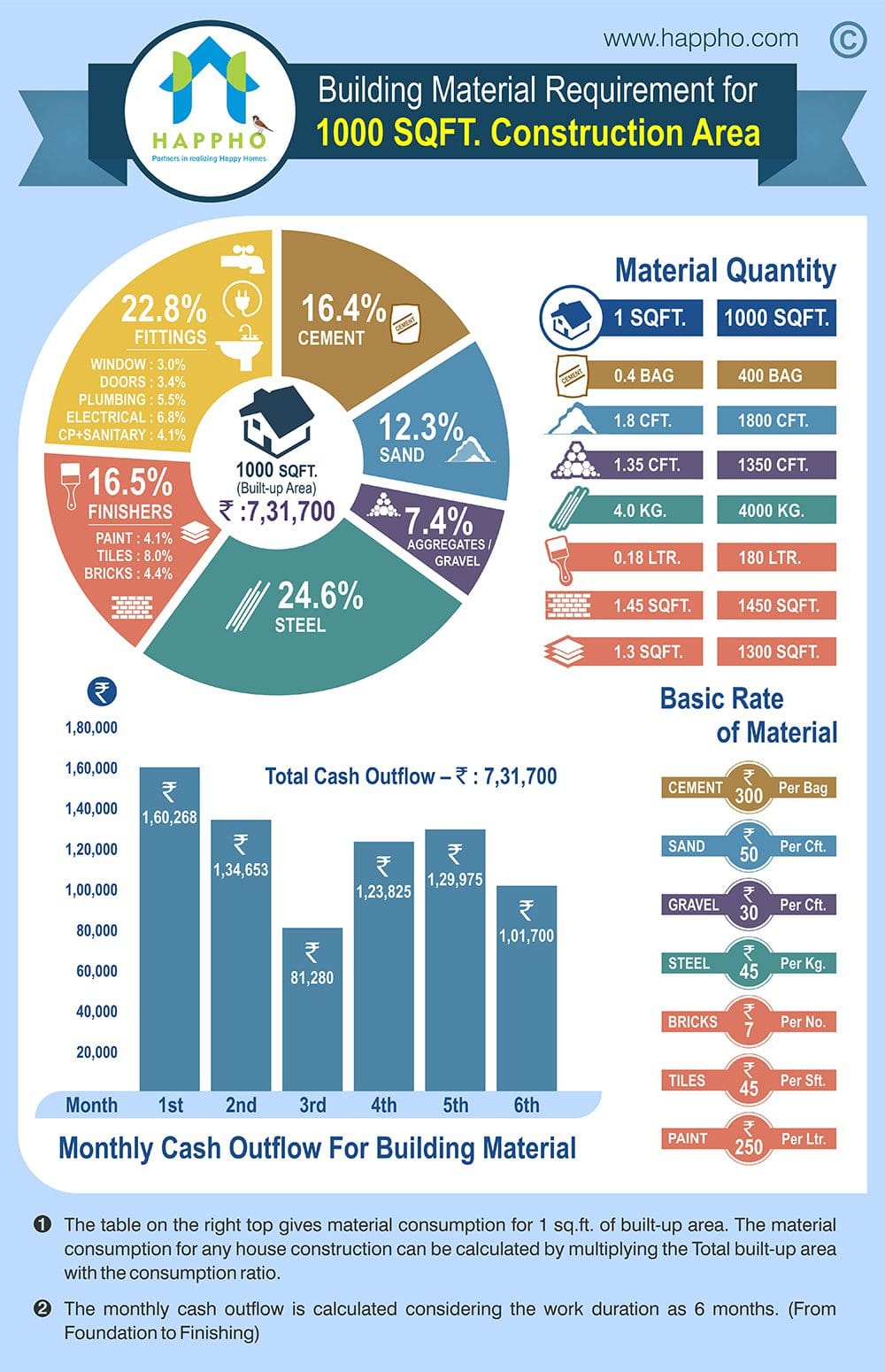Make The Most Of The Hidden Influence Of Shades On Your Feelings To Reshape Your Atmosphere And State Of Mind In Ways You Never Ever Assumed Possible
Make The Most Of The Hidden Influence Of Shades On Your Feelings To Reshape Your Atmosphere And State Of Mind In Ways You Never Ever Assumed Possible
Blog Article
Content Composed By-Beier Birk
Comprehending the psychology of color goes beyond simple aesthetics; it delves into the elaborate interplay in between shades and human feelings. The influence of paint choices on state of mind is a remarkable subject that sheds light on just how our environments can influence our emotional health. By discovering how different colors stimulate details feelings and responses, we discover a powerful device for forming the atmosphere of our living and working areas. The next time you get a paintbrush, take into consideration the profound implications your shade choice may have on your internal globe.
Color Psychology Fundamentals
Recognizing shade psychology is important for comprehending the impact of various shades on human emotions and actions. Shade psychology is the study of how shades can affect individuals' perceptions, feelings, and actions.
Different colors can evoke certain psychological feedbacks, bring about differing results on state of mind and behavior. Shades can be generally classified right into warm colors, such as red, orange, and yellow, and awesome shades, consisting of blue, green, and purple. Cozy colors often tend to be related to energy, warmth, and excitement.
On the other hand, trendy colors are usually linked to calmness, leisure, and tranquility. Comprehending these general associations is important when taking into consideration the psychological influence of color options in different settings.
Furthermore, cultural and personal experiences can also play a considerable role in how people perceive shades. As an example, red may signify love and interest in one culture, while it can represent danger or warning in one more.
Consequently, when choosing colors for a space, it is important to take into consideration the more comprehensive context and prospective analyses to create the wanted emotional ambience.
Effect of Warm Colors
Cozy shades, such as red, orange, and yellow, have a profound impact on individuals' emotional reactions and actions. These tones are frequently connected with sensations of warmth, power, and comfort. Red, for example, is known to stimulate strong feelings like enthusiasm, excitement, and even temper. It can enhance heart rates and create a feeling of seriousness.
Orange is a color that incorporates the energy of red and the joy of yellow, making it a welcoming and sociable option. Yellow, the color of sunlight, is linked to sensations of happiness, optimism, and creative thinking.
When used in indoor areas, warm colors can make a room really feel relaxing and inviting. They can stimulate conversation and produce a vibrant atmosphere, making them excellent for social locations like living spaces or dining areas. Nevertheless, Read Webpage to utilize warm colors in moderation, as they can likewise be overwhelming if utilized excessively.
Results of Cool Tones
Awesome tones, such as blue, eco-friendly, and purple, are known for their soothing and calming effects on individuals' feelings and mental well-being.
https://independentpaintersnearme43197.blognody.com/35565231/are-you-on-the-quest-for-knowledgeable-residence-painters-figure-out-exactly-how-to-accomplish-an-impressive-home-renovation-while-possibly-boosting-your-residential-property-worth-by-approximately-7 , often associated with serenity and peacefulness, has actually been revealed to reduced blood pressure and heart prices, making it an excellent shade option for rooms where relaxation is vital, like bed rooms or living areas.
Environment-friendly, similar to nature and revival, can stimulate sensations of balance and harmony, promoting a feeling of calmness and renewal. This makes green a prominent choice for home offices or locations where emphasis and concentration are crucial.
Purple, a blend of calming blue and invigorating red, can motivate creativity and self-contemplation while also cultivating a calm environment.
These great tones are particularly beneficial in spaces where stress alleviation and mental clearness are wanted, producing a calm atmosphere that urges relaxation and emotional well-being. By including great tones right into interior decoration via paint choices, individuals can favorably influence their mood and overall frame of mind.
Verdict
Finally, the psychology of color plays a substantial role in influencing one's mood and feelings.
By tactically picking paint shades based on cozy or awesome tones, people can produce environments that stimulate details feelings such as excitement, leisure, or serenity.
Understanding the psychological actions related to different colors can aid individuals enhance their overall well-being and mood in different rooms.
